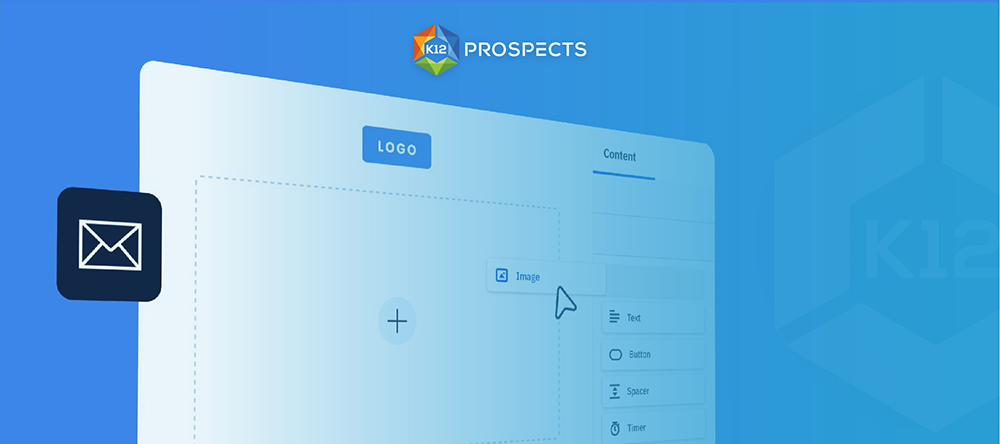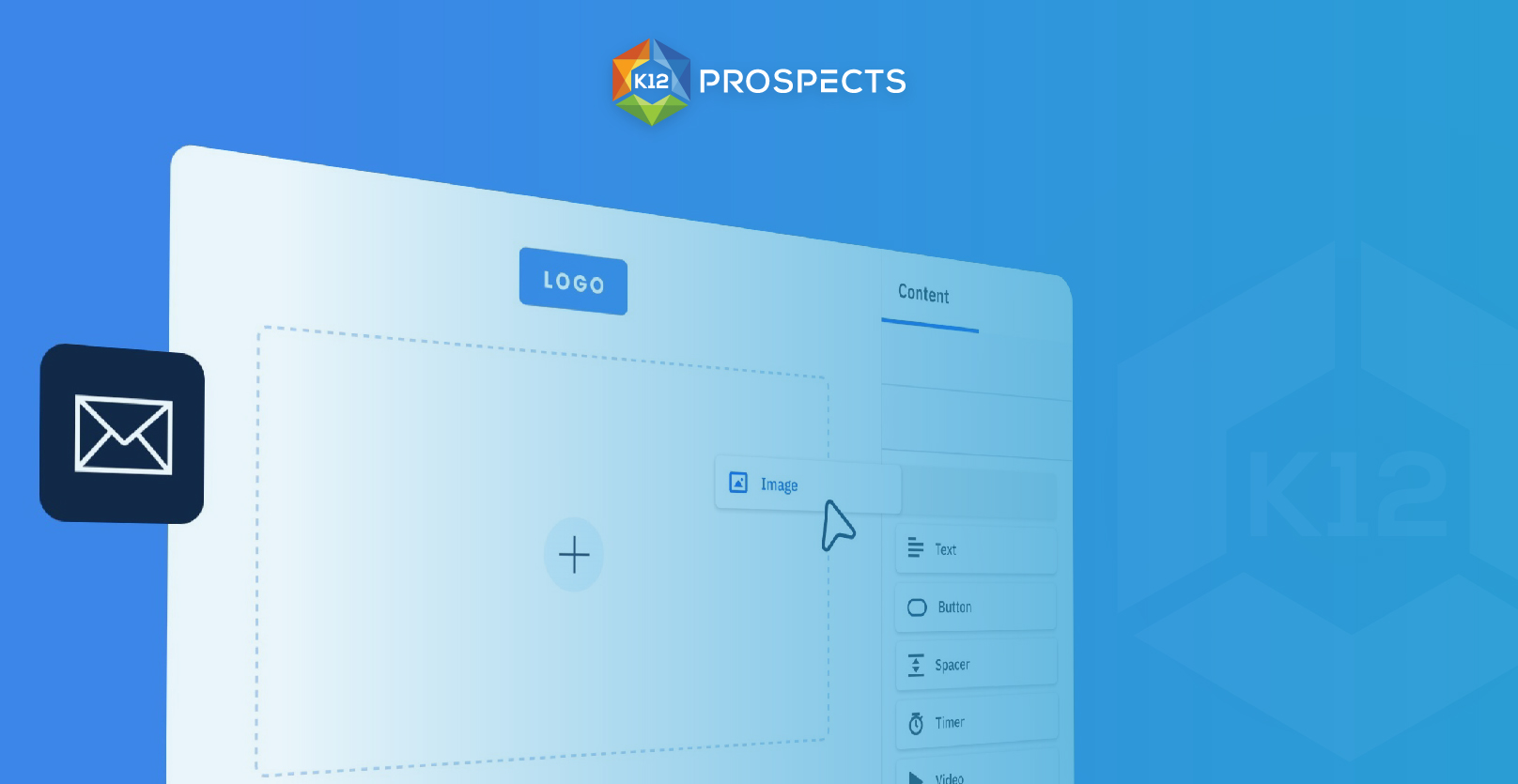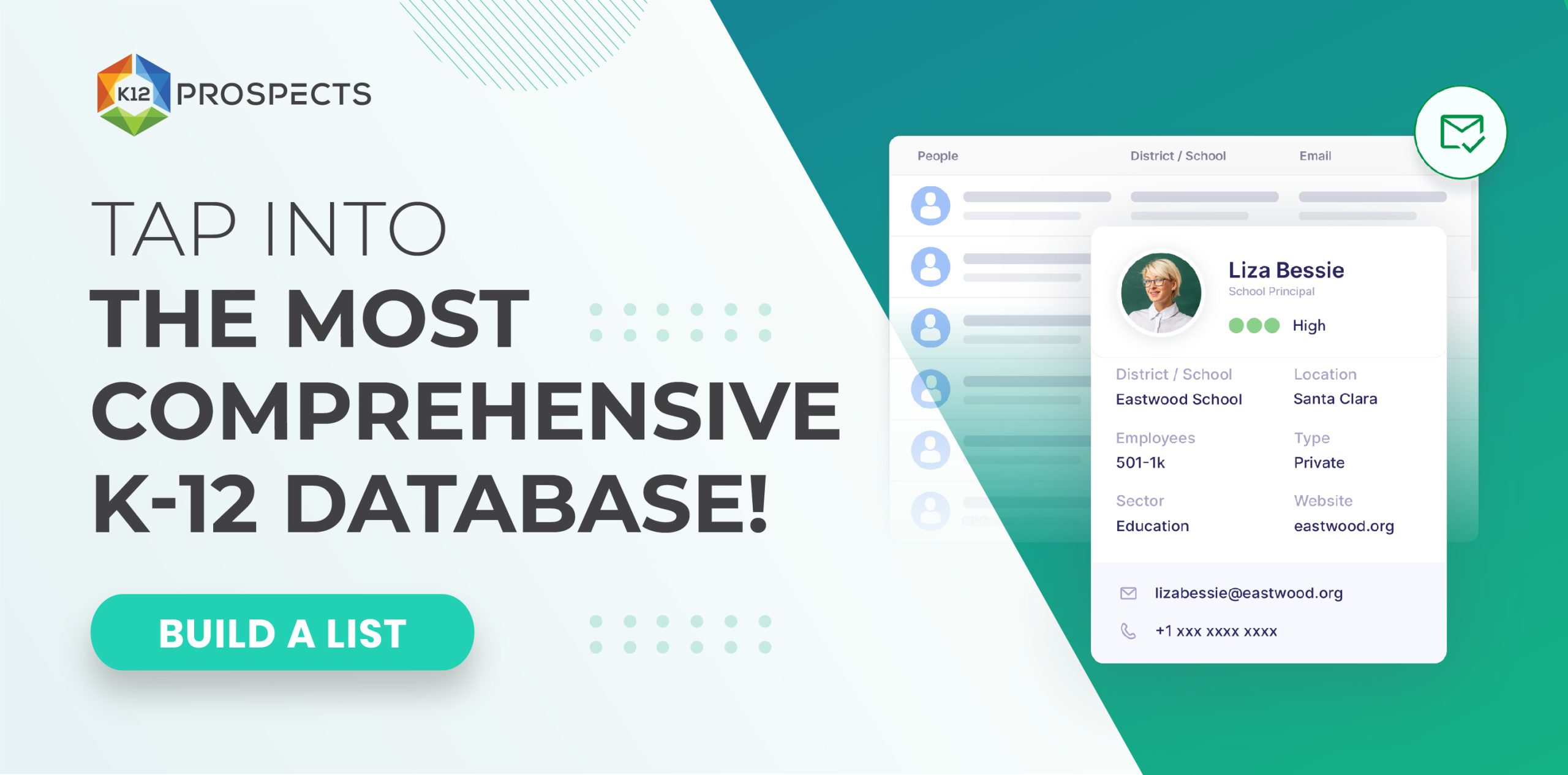How to Choose the Best Email Sending Platform for Your School’s Email Lists

Selecting a reliable platform for your email campaigns targeted at schools, districts, universities, and colleges is crucial. As a marketer, your goal is to ensure high delivery rates and optimal inbox placement. The next steps involve achieving high open rates and click-through rates, which depend significantly on your subject lines and content. These elements trigger recipients to open, read, and engage with your emails, potentially visiting your website or, conversely, marking the email as spam.
So, how do you choose the right platform from the myriad available options? The performance of these platforms can vary widely, primarily due to their dependence on the reputation of their IP addresses and the quality of their customer bases.
Understanding IP Reputation and Its Impact
To illustrate, let’s consider a well-known platform like Mailchimp. If Mailchimp has 1,000 customers, and all of them upload their organic customer lists and send one campaign per week, the platform’s performance can be significantly impacted by the behavior of these customers. Suppose 20% of these customers do not maintain their data correctly or have outdated contact information. In that case, the resulting bounces or spam reports from these bad emails can tarnish the IP addresses associated with Mailchimp.
The primary responsibility of an email sending platform is to closely monitor and maintain a good IP reputation to ensure other servers trust their emails. If the IP reputation suffers, your emails may not reach the inboxes of your targeted recipients.
The Challenge of Accurate Tracking
Accurate tracking has become more challenging due to new email rules implemented by major providers like Google, Yahoo, and Microsoft. These rules affect how email interactions are recorded and reported. Therefore, it is essential to evaluate the deliverability of any platform you consider using.
Testing Platforms Before Committing
Before committing to any email sending provider, start with small email lists of about 500 contacts. Many platforms offer free trials, which allow you to test their capabilities without financial commitment. Craft a personalized email that resonates with your target audience and send it using different platforms. Assess the delivery rates, open rates, and click-through rates of these emails.
Additionally, include your email address in these test campaigns to observe the delivery speed and email appearance in your inbox. Use tools like Google Analytics tags or unique URLs to track which platform delivers the best results.
Evaluating Import Rules and Restrictions
During the testing phase, you’ll also learn about any special rules or restrictions related to importing email lists. Some platforms may have stringent rules about the types of emails you can import, while others may have higher rejection rates. This evaluation is crucial because it helps you understand the ease or difficulty of using a particular platform.
Diversifying Email Sending Platforms
Using multiple platforms can be advantageous, especially for cold contacts or compiled lists. If you encounter issues with one platform, having alternatives ensures that your email campaigns can continue without significant disruptions. Diversifying your platforms also reduces the risk of all your emails being affected by a single platform’s IP reputation issues.
Your ultimate goal is to convert contacts, with whom you’ve never interacted, into leads. Therefore, it’s important to approach this process strategically.
Managing Your CRM for Effective Email Marketing
One critical aspect of email marketing is managing your Customer Relationship Management (CRM) system effectively. Contacts you have never engaged with should not be imported into your CRM and used for campaigns. This approach helps maintain the integrity of your CRM, ensuring it contains only engaged and potentially interested contacts.
Instead, use your CRM for contacts that have shown genuine interest, such as those who have signed up on a form or requested more information. Keeping your CRM clean and focused on warm leads enhances its effectiveness as a marketing tool.
Conclusion: Strategic Email Marketing for Educational Institutions
In conclusion, choosing the right email marketing platform for campaigns targeting K-12 schools, districts, universities, and colleges requires careful evaluation and testing. By understanding the importance of IP reputation, tracking accuracy, and the impact of platform performance, you can make informed decisions.
Start with small email lists and take advantage of free trials to test multiple platforms. Evaluate their delivery rates, open rates, and click-through rates, and observe any import restrictions or email rejections. Diversify your platforms to mitigate risks and ensure continuous campaign delivery.
Finally, manage your CRM strategically by only including contacts that have engaged with your campaigns. This approach maintains the integrity of your CRM and focuses your efforts on leads with the highest potential for conversion.
By following these guidelines, you can enhance the effectiveness of your email marketing campaigns, achieving better engagement and conversion rates within the educational sector.



